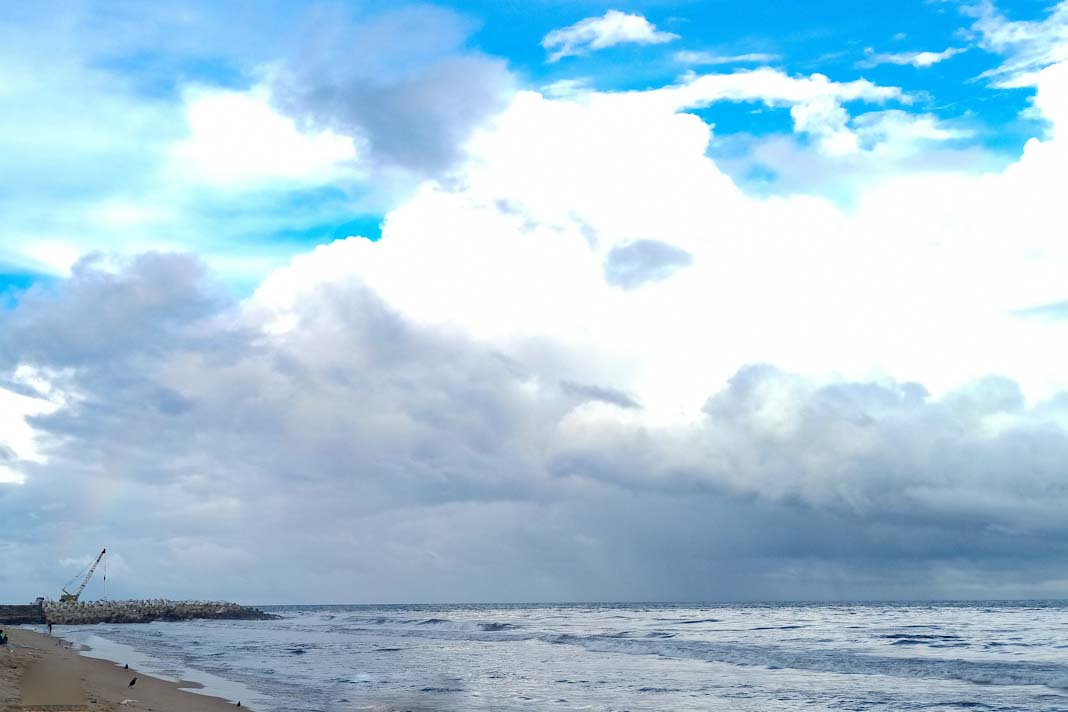- Despite the rise in orders for vessels equipped with dual-fuel methanol and ammonia engines, liquefied natural gas (LNG) remains the preferred fuel for lower-carbon shipping, according to analysis by Rystad Energy.
- LNG offers several advantages, including competitive pricing, an abundant supply, and well-developed infrastructure, particularly in LNG bunkering.
Key Insights
- LNG-Fueled Vessels: There are currently more than 2,400 vessels worldwide equipped to operate on LNG, with another 1,000 vessels on order. A significant portion of these are LNG carriers using boil-off gas as fuel.
- Carriers Leading the Way: Car carriers have become a major driver of LNG adoption in the shipping industry, alongside container ships and LNG carriers. More than 75% of new car carrier orders in 2023 were for dual-fuel LNG engines.
- Environmental Concerns: Methane slip (gaseous methane emissions) remains a critical challenge for the maritime sector. Methane slip occurs during combustion in ship engines or during the bunkering process, releasing unburned methane into the atmosphere.
- LNG Bunkering Methods: LNG bunkering is conducted using three main methods: truck-to-ship (TTS), pipeline-to-ship (PTS), and ship-to-ship (STS). In 2023, LNG bunkering reached a record high with 4.7 million cubic meters delivered globally, a 62% increase from 2022.
Regional Trends & Market Growth
STS transfers accounted for 2.9 million cubic meters, with significant growth in Europe and other markets such as mainland China. Asia, led by China, Japan, and South Korea, continues to develop its LNG bunkering capabilities.
LNG bunkering sales in 2024 are off to a strong start, with 1.9 million cubic meters already sold by the end of March. This suggests the potential for significant growth in LNG bunker sales by year-end.
Outlook and Challenges
- Growth in LNG Bunkering: The growth of LNG-powered vessels and attractive pricing relative to conventional marine fuels are expected to drive further growth in LNG bunkering.
- STS Operations: Ship-to-ship (STS) bunkering is projected to accelerate, particularly in Europe, with its major maritime hubs offering STS capabilities.
- Addressing Methane Slip: The industry must work with regulators and policymakers to establish strict standards and best practices for bunkering operations to address methane slip and maximize the environmental benefits of LNG.
LNG’s position as a prominent lower-carbon shipping fuel is supported by its established infrastructure and economic advantages. While methane slip remains a concern, efforts to improve bunkering technology and practices could help maintain LNG’s lead in the maritime industry .
Did you subscribe to our daily Newsletter?
It’s Free! Click here to Subscribe
Source: Ajot






















